Publications Routes/Road Road assets management
This page lists Routes/Roads articles of PIARC in the field of road assets management. These publications are classified chronologically.
-
Study of the Impact on Surface Water of Lime Slurry Used to Treat Bleeding
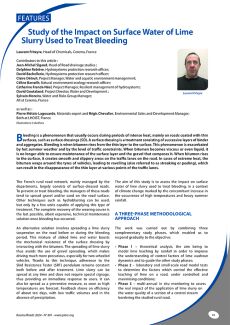
Bleeding is a phenomenon that usually occurs during periods of intense heat, mainly on roads coated with thin surfaces, such as surface dressings (SD). A surface dressing is a treatment consisting of successive layers of binder and aggregates. Bleeding is when bitumen rises from the thin layer to the surface. This phenomenon is exacerbated by hot summer weather and by the level of traffic constraints. When bitumen becomes viscous or even liquid, it is no longer able to ensure maintenance of the [...]
-
Development of Action Plans as Part of the Implementation of a Sustainable Winter Service Programme
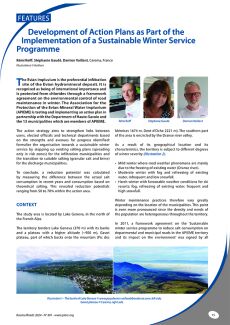
The Evian Impluvium is the preferential infiltration site of the Evian hydromineral deposit. It is recognised as being of international importance and is protected from chlorides through a framework agreement on the environmental control of road maintenance in winter. The Association for the Protection of the Evian Mineral Water Impluvium (APIEME) is testing and implementing an action plan in partnership with the Department of Haute-Savoie and the 13 municipalities which are members of APIEME. [...]
-
PIARC Prize - Road Design, Construction, Maintenance and Operation - Bridge Monitoring and Data-Driven Structural Asset Management
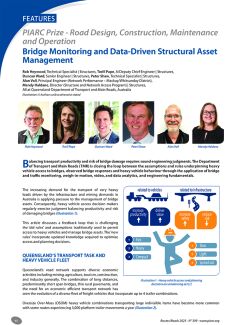
Balancing transport productivity and risk of bridge damage requires sound engineering judgments. The Department of Transport and Main Roads (TMR) is closing the loop between the assumptions and rules underpinning heavy vehicle access to bridges, observed bridge responses and heavy vehicle behaviour through the application of bridge and traffic monitoring, weigh-in-motion, video, and data analytics, and engineering fundamentals.
-
Renewal and Rejuvenation of Aging Infrastructure
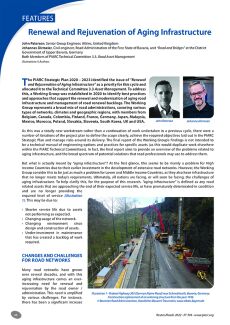
The PIARC Strategic Plan 2020 – 2023 identified the issue of “Renewal and Rejuvenation of Aging Infrastructure” as a priority for this cycle and allocated it to the Technical Committee 3.3 Asset Management. To address this, a Working Group was established in 2020 to identify best practices and approaches that support the renewal and modernisation of aging road infrastructure and management of road renewal backlogs. The Working Group represents a broad mix of road administrations, covering [...]
-
GERESE – Secondary Road Network Management Project, Optimised Road Network Management
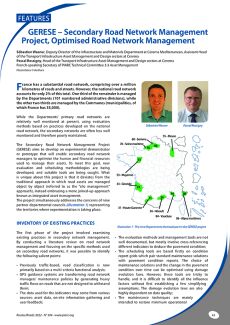
France has a substantial road network, comprising over a million kilometres of roads and streets. However, the national road network accounts for only 2% of this total. One third of the remainder is managed by the Departments (101 numbered administrative divisions), while the other two thirds are managed by the Communes (municipalities, of which France has 35,000).